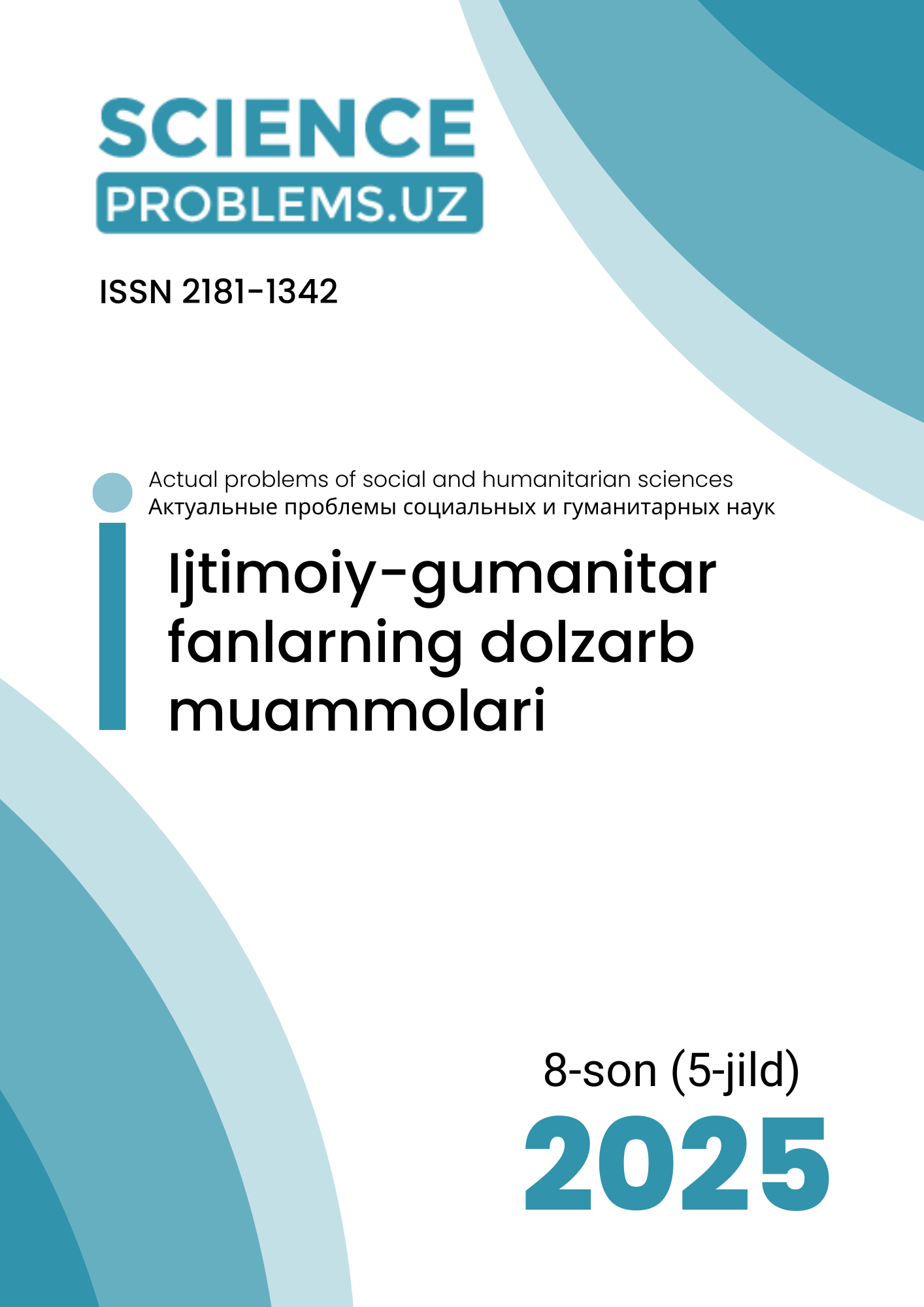TECHNOLOGIES FOR DEVELOPING STUDENTS' CREATIVE COMPETENCIES THROUGH AN INNOVATIVE APPROACH
DOI:
https://doi.org/10.47390/SPR1342V5I8Y2025N46Keywords:
Creative competencies, innovative approach, educational technologies, problem-based learning, integration, modern pedagogy.Abstract
This article explores contemporary strategies for cultivating students' creative competencies through the implementation of innovative educational technologies. In today’s academic environment, creativity is increasingly recognized not only as a tool to enhance instructional efficiency but also as a central pillar in students’ personal and professional development. The author provides a critical analysis of instructional models such as integrated learning, problem-based teaching, and project-oriented methods, highlighting their role in fostering divergent thinking and creative initiative. The study aims to substantiate the pedagogical effectiveness of innovation-driven approaches in systematically enhancing creative capacity among university students.
References
1. Amabile, T. M. (1996). Creativity in Context: Update to the Social Psychology of Creativity (1st ed.). Routledge. https://doi.org/10.4324/9780429501234
2. Anderson, L. W., & Krathwohl, D. R. (2020). A Taxonomy for Learning, Teaching, and Assessing: A Revision of Bloom’s Taxonomy of Educational Objectives. Longman.
3. Berdiyorova, N. B. (2025, June). Innovatsion yondashuv asosida talabalarda ijodiy kompetensiyani rivojlantirishning ahamiyati. In Международная конференция образования, исследований и инноваций (Vol. 1, No. 1, pp. 5–14).
4. Bruner, J. S. (1996). The Culture of Education. Harvard University Press.
5. De Bono, E. (1985). Six Thinking Hats. Little, Brown and Company.
6. Freire, P. (1970). Pedagogy of the Oppressed. Herder and Herder.
7. Guilford, J. P. (1967). The Nature of Human Intelligence. McGraw-Hill.
8. Johnson, D. L. (1974). College students' scores on Torrance's Tests of Creative Thinking. Psychological Reports, 35(1), 65–66. https://doi.org/10.2466/pr0.1974.35.1.65
9. Jo‘rayev, X. (2021). Integrallashgan yondashuv asosida kasbiy kompetensiyani shakllantirish. Ta’lim va innovatsion tadqiqotlar jurnali, 2(2), 63–70.
10. Jung, H. Y. (2022). Creative competencies in higher education: STEAM-based instructional design. Korean Journal of Educational Innovation, 28(1), 44–59. https://doi.org/10.5399/kjei.2022.28.1.44
11. Lee, S., & Kim, J. (2023). Enhancing student creativity through digital collaborative tasks in university classrooms. Asia-Pacific Journal of Educational Research, 35(2), 112–127. https://doi.org/10.1080/02188791.2023.2301974
12. Nazarov, O. T. (2019). Innovatsion ta’lim texnologiyalari orqali talabalar mustaqil fikrlash faoliyatini rivojlantirish. O‘zbekiston pedagogik jurnali, 3(4), 45–52.
13. OECD. (2021). OECD Learning Compass 2030: A framework for future-ready education. OECD Publishing. https://www.oecd.org/education/2030-project/
14. Sawyer, R. K. (2022). The Creative Classroom: Innovative Teaching for 21st-Century Learners. Cambridge University Press. https://doi.org/10.1017/9781108785292
15. Torrance, E. P. (1974). Torrance Tests of Creative Thinking: Norms–Technical Manual. Scholastic Testing Service.
16. Vygotsky, L. S. (1978). Mind in Society: The Development of Higher Psychological Processes. Harvard University Press.








